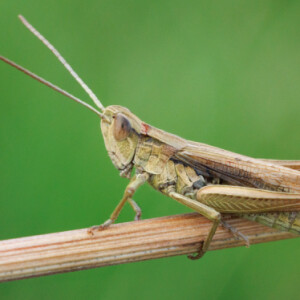Compare and contrast
R and I went out for lunch today to celebrate his birthday, and then on to Compton Verney to see a couple of art exhibitions. Birds of America was impressive, and through the exhibits and explanations I came to find John James Audubon a really interesting, if not especially admirable character. Quentin Blake: Birds, Beasts and Explorers, on the other hand, though on the face of it a smaller and less important exhibition, was genuinely fascinating, and in places truly moving - and this is the one I recommend you to see, if you get the chance.
Back at home R set to work on what I think may be not only his favourite present of this birthday, but possibly of any year ever. When the family were gathered here last month he played to H (the family's professional musician) the George Shearing piano arrangement of Taking a Chance on Love, and casually said that he'd love to play it on guitar one day, if he could ever work out how to do it - never for a moment expecting to wake up this morning to find H's guitar transcription of the arrangement in his email inbox. From what R says, I think it's far from easy, but he's clearly enjoying working on it, and I'm looking forward to hearing it in due course. A gift this thoughtful is a reminder, if we ever needed one, that there's more than one Boy Wonder in our family.
While R was getting his brain and hands around a jazz standard, I walked down to Tilly's field to try my luck with some grasshoppers. When I posted a female Meadow Grasshopper last Sunday, I said that if I could entice a Lesser Marsh onto my "photography twig" I'd list the identification features that distinguish them, and today - after catching several more Meadow females - I managed to get a male of each species.
The main image is the male Meadow Grasshopper (in the process of walking backwards off the grass stem, though he thought better of it at this point and started going forwards again). You can see that he's got the same "muddy knees" as the female, and his head is also quite big, though I'd say his face is flatter. His wings have the same little bulge on the fore edge, but they're longer than hers, though they still don't reach his back knees. His abdomen is straighter and has a blunt end with the cerci pointing upwards, rather than being tapered.
The extra is a male Lesser Marsh Grasshopper. His head is smaller and more angular, which makes his eyes appear bigger, and the side keels of his pronotum are very straight, rather than angling inwards towards the head. His wings are as long as his abdomen, and look straighter because they don't have the bulge on the fore edge; if you look at the arrangement of cells in the wings you can see that they're noticeably different, and this is absolutely diagnostic, but it's a feature that's not always visible because often the hind legs are in the way. In Lesser Marsh females the wings are a little shorter than in the male, but both sexes can fly, whereas the Meadow Grasshopper is flightless. The species name 'albomarginatus' refers to a white line that female Lesser Marsh grasshoppers often have along the fore edge of the wing, but this is an unreliable feature. The only other thing to note is that Lesser Marsh grasshoppers tend to be drabber and less conspicuous than their Meadow cousins, though all grasshopper species seem to encompass quite a wide range of colours and patterns.
Steven Falk's species accounts are here for the Meadow Grasshopper and here for the Lesser Marsh Grasshopper.


Comments
Sign in or get an account to comment.


